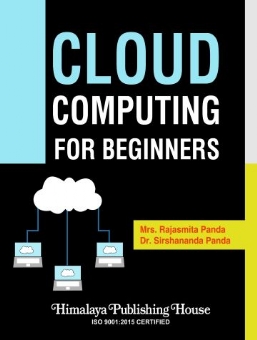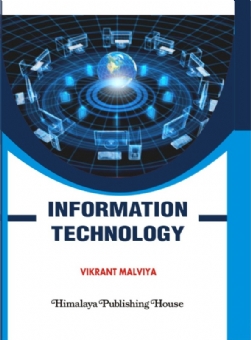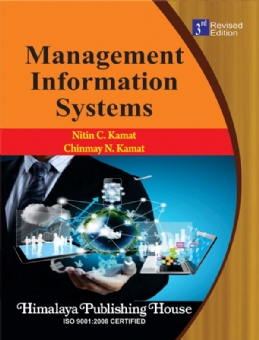The book is specially designed for students and beginners who are interested to learn cloud computing fundamentals. This book has been divided into ten chapters. Below are the major parts of the book described as follows. The book provides a comprehensive introduction to the concept of cloud computing and the elements such as servers, storage devices, networking equipment, and virtualization technologies. It explores the role of data centers and how they are designed to support cloud computing services. Additionally, it covers the concept of resource pooling, where multiple customers share computing resources in a multi-tenant environment. The book explores the major cloud service providers in the industry. We examine the leading providers, such as Amazon Web Services (AWS), Microsoft Azure, Google Cloud Platform (GCP), and IBM Cloud, among others. For each provider, we discuss their history, global infrastructure, range of services offered, and notable customers. We also highlight any unique features or strengths that differentiate them from competitors including security and governance challenges. The book talks more on the details of the cloud management platforms and their role in efficiently managing and controlling cloud resources. The book also talks about the wide range of cloud services available to organizations. We discuss Infrastructure as a Service (IaaS), Platform as a Service (PaaS), and Software as a Service (SaaS) offerings, explaining their characteristics, benefits, and use cases. We discuss the shared responsibility model, which outlines the security responsibilities of both cloud service providers and cloud customers. We explore the different layers of security in the cloud, including physical security, network security, and data security. Additionally, we highlight the key security challenges and considerations specific to cloud environments. This book describes latest trends in cloud computing and how they are aimed at improving performance, reducing latency, optimizing network bandwidth, enhancing data privacy, and enabling real-time processing at the edge of the network. They are particularly relevant in scenarios like real-time data processing, low-latency response etc. We are sure, this book will work as an eye opener for the new learners who are struggling to learn cloud computing. This book has made it easier to refer and learn the concepts and basics of cloud fundamentals. We are sure the book will also help who want to pursue their career in Cloud Computing. Wishing each and every reader of this book the very best and hope they come out with flying colors in their future endeavours.
Contents –
1. Introduction to Cloud Computing
2. Cloud Infrastructure and Architecture
3. Cloud Service Providers
4. Cloud Security and Privacy
5. Cloud Networking and Storage
6. Cloud Deployment Models
7. Cloud Orchestration and Automation
8. Cloud Application Development
9. Cloud Performance Optimization
10. Future Trends in Cloud Computing







